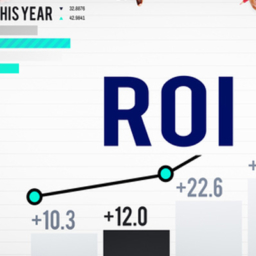What connects Food Retailers with Sports Teams? Big Data!
 M&M Food Market, Canada’s largest retailer of frozen food, has managed to increase the customer’s food basket by more than one dollar, and consumer engagement by 15%, by analyzing 18 years of unused data of around 9M customers, and gather insights. Based on the uncovered consumer trends, M&M removed artificial sweeteners, sugar and colors from their food and is preparing new food offers.
M&M Food Market, Canada’s largest retailer of frozen food, has managed to increase the customer’s food basket by more than one dollar, and consumer engagement by 15%, by analyzing 18 years of unused data of around 9M customers, and gather insights. Based on the uncovered consumer trends, M&M removed artificial sweeteners, sugar and colors from their food and is preparing new food offers.
Yandex, the fourth largest search engine in the world, has also been using past data (in this case, information about past searches) to optimize the results of future searches, as a University of Washington study found out, and managed to increase its click through rate by 10%. Of course, Yandex is not alone in analyzing data for better performance. All modern search engines use A.I. to better understand users’ queries, to separate high quality from law quality content and to create ranking algorithms. For marketers, this means that SEO best practices are still relevant, but the top-ranking factors of content will more and more be relevancy and quality.
Would you imagine that, besides retail and search engines, big data has an impact on… sports? If your answer is yes, you are right! The Center for Sports Analytics at Samford University in Alabama, the first-ever sports analytics major in the US, allows students access to a host of data from which insights can be drawn, that can be used to inform the recruitment strategy of teams, their in-game decisions and much more. Furthermore, this data can be used to help teams better engage and mobilize their fans hereby increasing their revenue from media rights, sponsorships, merchandising and tickets sales.















